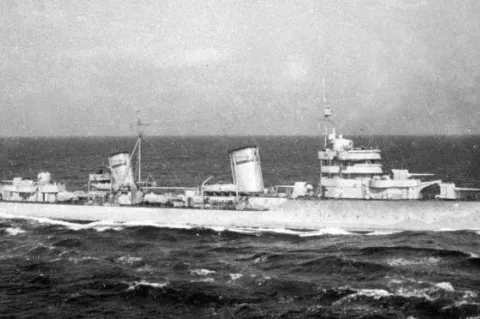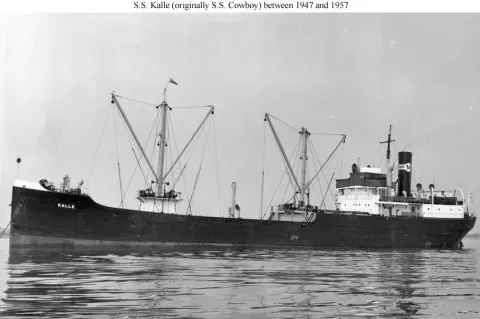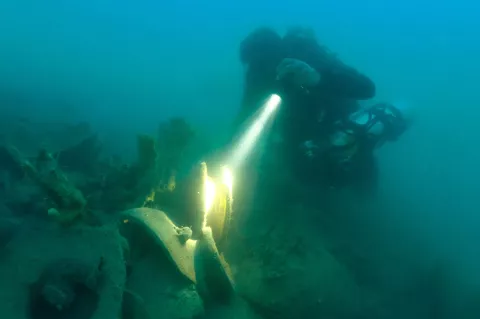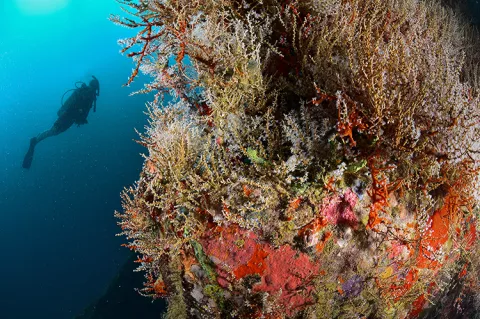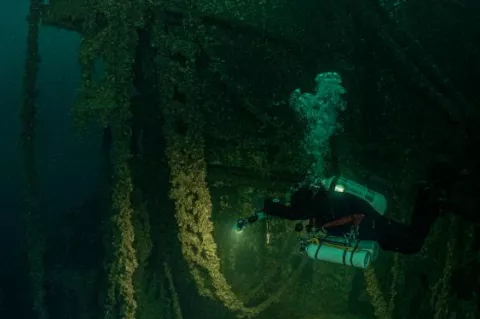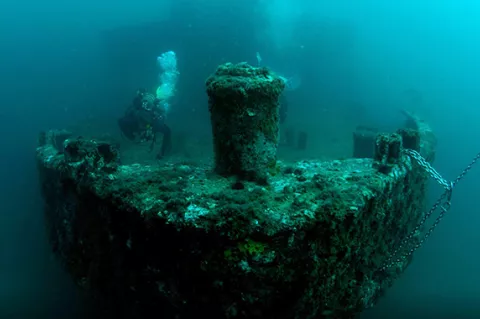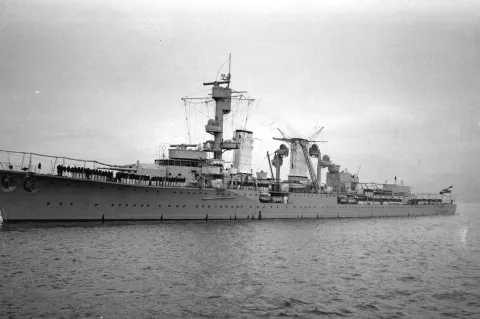What sank the Soviet destroyer Moscow?
About 13 hours later, at 4:40 pm, three submarines—Щ-205, Щ-206 and Щ-209 (Щ is short for Щука or shuka, which means pike in Russian)—received approval from the Kremlin to move towards the eastern shores of the Black Sea, while the M-33 and M-34 left for long-range patrol near the main base. It was the first day of the war in the Black Sea.
- Read more about What sank the Soviet destroyer Moscow?
- Log in to post comments

